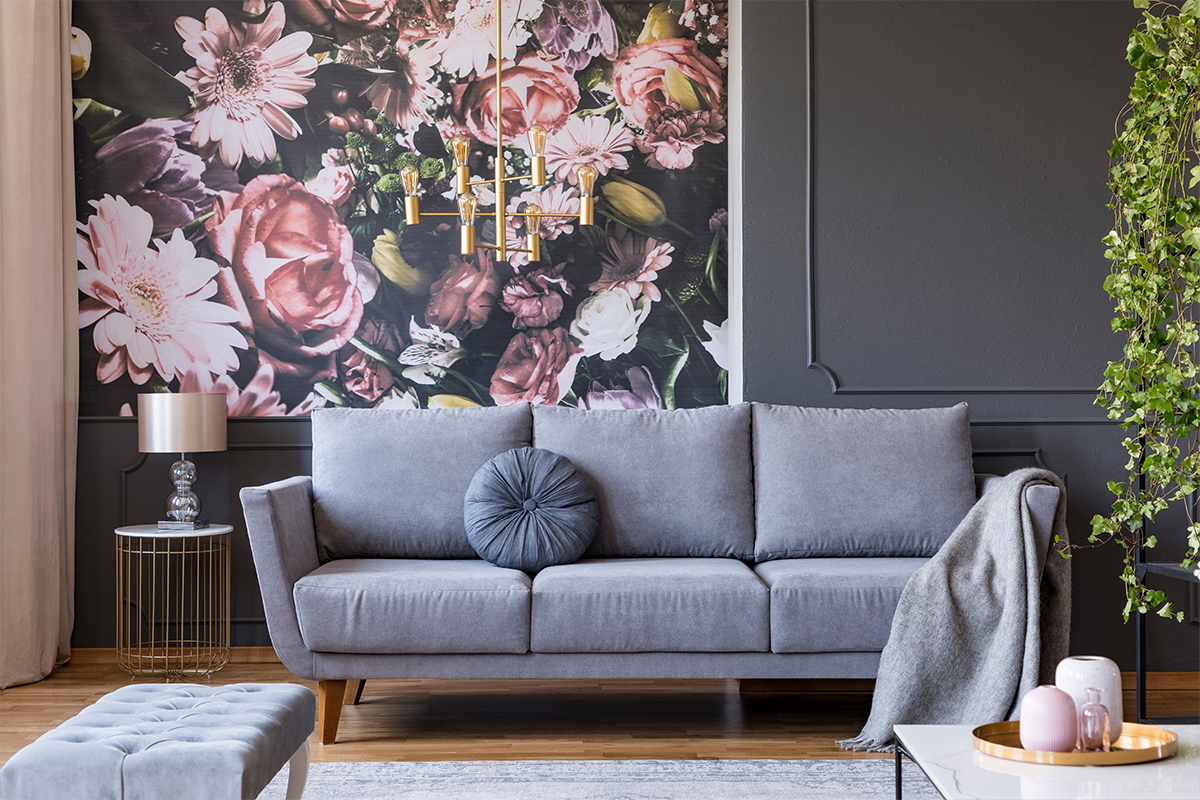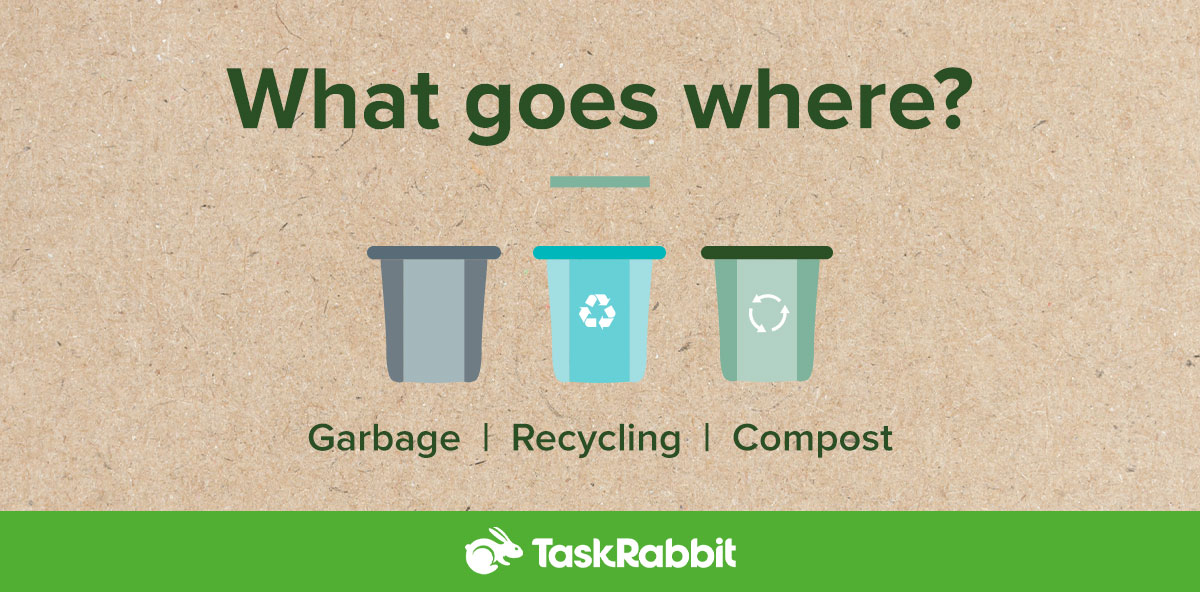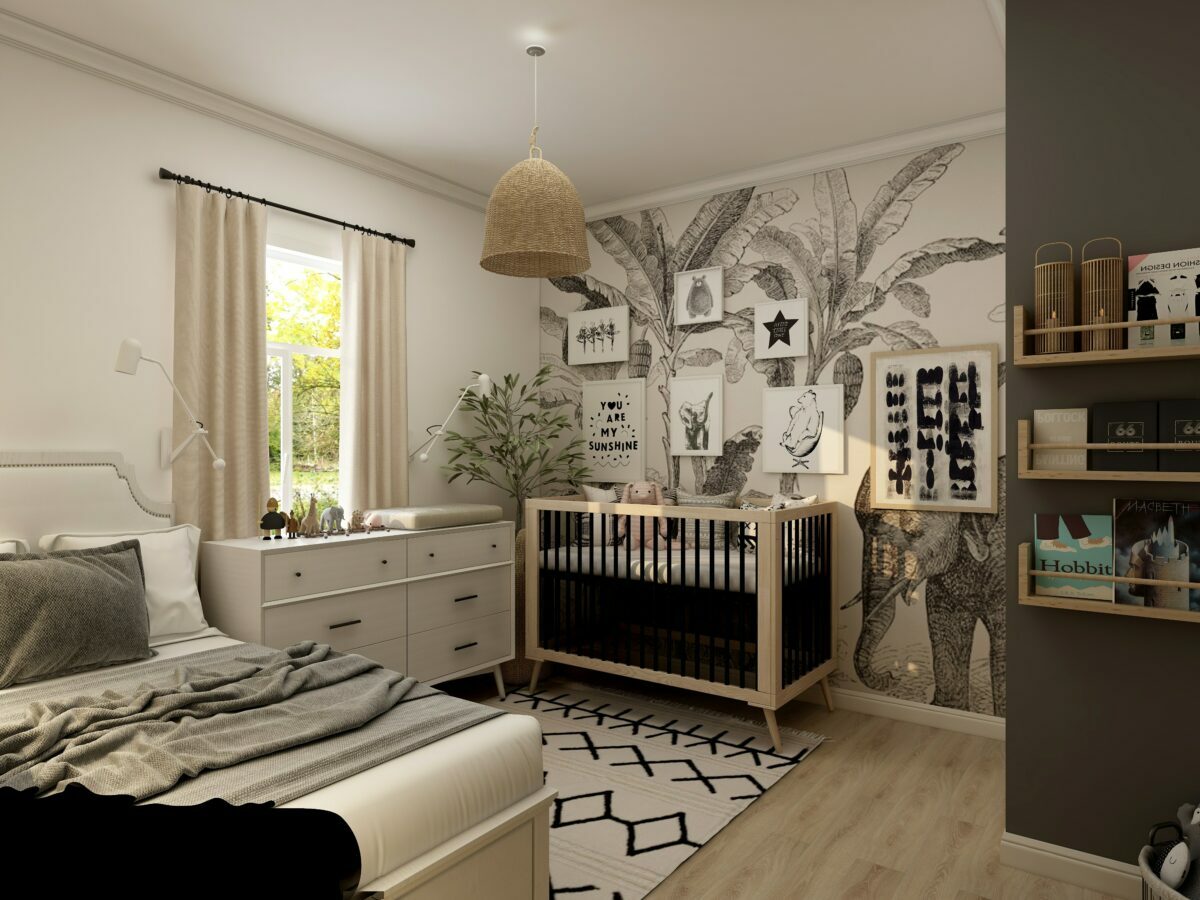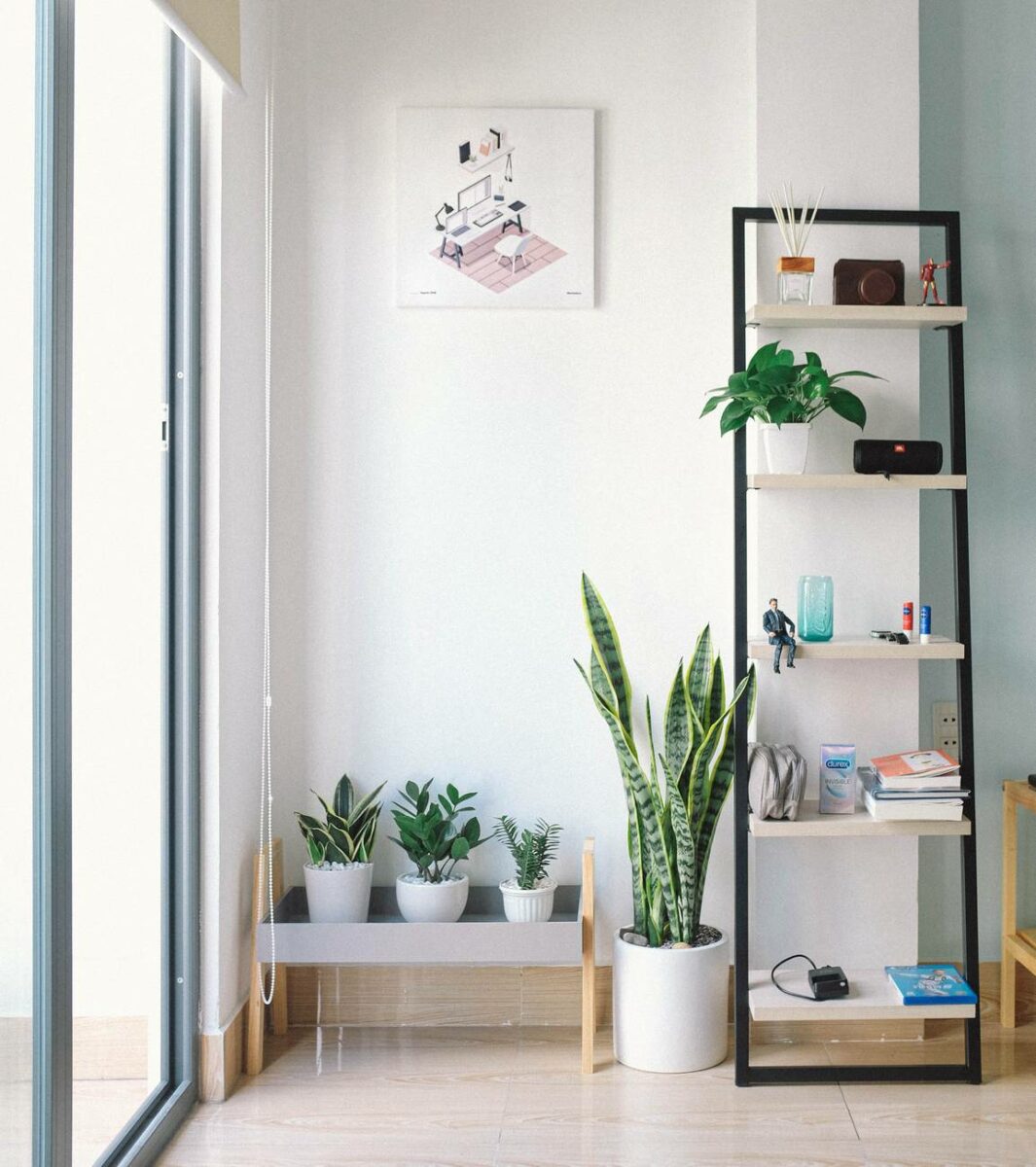
Embarking on a wallpapering project? Ensuring accurate measurements is the key to achieving a flawless finish. This comprehensive guide will walk you through the process of determining the exact amount of wallpaper needed and provide precise measurement techniques for neat decoration and various wall scenarios. From standard walls to ceilings and even around windows, these easy-to-follow steps and essential tools will make your wallpapering journey a breeze.
How Much Wallpaper Do I Need Exactly?

Before diving into measurements, it’s crucial to estimate the number of wallpaper strips required. The standard size of a single roll of wallpaper is 21 inches wide and 16.5 feet in length. A double roll is twice the amount of wallpaper in a single roll at 21 inches wide and 33 feet in length. It’s important to calculate the amount of wallpaper you need and know whether you are purchasing single rolls or double rolls, otherwise you may end up with too much or too little.
Tools for Measuring for Wallpaper
Equip yourself with the right tools for accurate measurements. Some essentials include:
- Tape measure
- Notepad to keep track of your measurements and calculations.
- Wallpaper’s measurements
Steps on How to Measure for Wallpaper

1. Use a tape measure to measure the width and length of the ceiling. For a square room, measure the length and width and multiply that by 4. For a rectangular room, add up the multiplication of each of the small and long wall’s length and width, then multiply by 2. If any of your walls include a door, be sure to subtract the door’s measurements from the overall calculations.
2. Determine wallpaper’s measurement: Unroll a section of wallpaper and measure its width. This is usually indicated on the packaging.
3. Divide the width of the ceiling by width of wallpaper: This will determine the number of rolls needed. For example, if the width of the ceiling is 210 inches, dividing that by the width of the roll at 21 inches means you’ll need 10 rolls of wallpaper.
How to Measure Wallpaper for Ceiling
1. Use a measuring tape to carefully note down both the width and length. Precision is key, so be sure to double-check your measurements to avoid any hiccups later in the process.
2. Pick up your chosen wallpaper, unroll a section, and measure its width. Remember, wallpapers come in various widths, so this measurement is crucial.
3. Take the width of your ceiling and divide it by the width of the wallpaper you measured earlier. This calculation gives you the number of wallpaper rolls you’ll need for a single strip across the width of the ceiling.
How to Measure Walls for Wallpaper

There are several different types of walls that need wallpaper. However, not all walls can be measured the same. Here are a few of the most common types of walls and different ways to calculate those measurements.
- Standard Wall:
- Begin by taking out your tape measure and stand in front of the wall you intend to wallpaper.
- Measure the height of the wall from the floor to the ceiling or desired endpoint.
- Move horizontally to measure the width of the wall from one end to the other.
- Note down both the height and width measurements in your notepad.
- To calculate the total square footage, multiply the height by the width.
- Keep this measurement as a reference for determining the amount of wallpaper required for this standard wall.
- Wall with Slope:
- Use your tape measure to identify the highest point of the slope on the wall.
- Measure the width of the wall at that highest point, ignoring any slopes.
- Treat the wall as if it were a standard wall: multiply the height by the width to get the square footage.
- Jot down this measurement in your notepad.
- This calculation helps prevent over-purchasing wallpaper, ensuring you acquire the appropriate number of rolls.
- Wall on Staircase:
- For walls within a staircase setting, break down the wall into distinct sections.
- Measure each section separately, starting from the highest point and moving to the lowest.
- Note down the height and width measurements of each section in your notepad.
- Calculate the square footage of each section by multiplying the height by the width.
- Sum up the square footages of all sections to ascertain the total wallpaper area required.
- By recording the measurements of each section, you’ll have a clear idea of the varying amounts of wallpaper needed for different parts of the wall.
How to Measure for Wallpaper With Windows
Measure the width and the height of the complete wall. During installation, all obstacles, like windows, will be cut out.
How Many Rolls of Wallpaper Do I Need?
The amount of rolls needed is dependent on the measurements you calculate for each type of wall. Here are the general steps to determine how many rolls are needed.
- Divide the width of your walls by the width of the wallpaper.
- Take the width measurement of your walls.
- Divide this width measurement by the width of the wallpaper you plan to use. This calculation provides the number of strips needed to cover the entire width of the wall.
- Round up to the nearest whole number if the division results in a decimal.
- Measure the height of your wall.
- Use your tape measure to accurately determine the height of the wall you’re planning to cover with wallpaper.
- Record this height measurement, as it’s an essential in calculating the number of rolls needed.
- Divide the length of the wallpaper roll by the wall’s height.
- This calculation determines the number of strips that can be cut from each roll, given the height of the wall.
- Multiply the number of strips you need by the number of rolls that can be cut from a single roll. This gives you the total number of strips achievable from the rolls you have.
- Divide this total number of strips by the number of strips needed from a single roll. This step gives you the total number of rolls needed for your project.
- Round up to the nearest whole number to ensure you have enough rolls to complete the project.
With these step-by-step instructions, and a handy Tasker to make the process even smoother, your wallpapering project will become an easy and satisfying endeavor, resulting in a beautifully adorned space that’s perfectly tailored to your measurements.

























